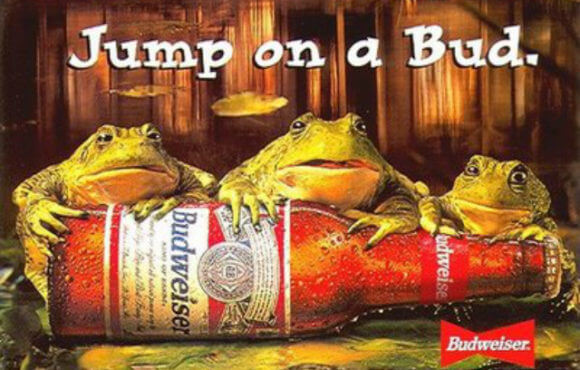Joe Namath. “Broadway Joe.”

Joe Namath is considered to be a catalyst in making the Super Bowl such a significant broadcast event in 1969.
According to Cindy Stauffer, Namath, the former iconic New York Jets Quarterback, made the bold guarantee that his team was going to win the big game. Combining good looks and charismatic bravado, Namath naturally attracted a lot of attention and became a polarizing figure nestled in one of the largest media markets in the world.
The Big Game in 1969 was a critical one because it gave credibility to a league still trying to make a name for itself alongside “America’s Pastime.” It was the first time the handle “Super” was applied to the contest and set against what was perceived as a less talented AFL team (the Jets) against the Goliath NFL team (the Colts). Namath provided the entertainment and the two teams provided a very competitive product for fans to consume. America now had a championship featuring the best players in the game, the best team, and the best ads. And for people who did not normally watch football, the commercials kept them entertained.

Soon enough everyone wanted to get their ad shown during the biggest sports affair of the year, no matter the costs.
Normally commercials are something we all try to avoid. DVR or flipping channels usually gets us out of seeing them. However, for the Super Bowl, a room full of people will go silent with anticipation when it’s commercial time.
Super Bowl Sunday gives companies the perfect opportunity to showcase their creative advertisements to an audience they know will be watching. The ads are much more expensive and the prevailing thought is that with so much viewership they can certainly reach more potential consumers. However, sometimes it can actually hurt them. For example, the Just for Feet ad in 1999 eventually led the company into bankruptcy; or Burger King’s “Find Herb the Nerd,” commercial which is considered to be one of the worst ad campaigns in history.
Good captivating commercials are expected. When they are just the same as the ones we regularly try to avoid on that special day, I think we all can admit we get a little bummed out. The emphasis on Super Bowl commercials as means of entertainment and advertising seems to produce as big a hype for the ads as there is for the game.

I can remember when I was a kid, I did not know much about football, but I did know the Gambella’s Super Bowl party was something I had to attend. A room full of football fanatics yelling at the screen was fascinating to watch. Then the commercials started rolling and everyone got quiet. I would get excited for the ones that would make us all laugh. Then I knew I had something to talk about at school the next day since I really couldn’t say much about the game. That first Sunday in February though, was for a sport I knew nothing about, but it was a day I got really excited for.
New research has shown that a gold fish has a longer attention span than the average human. Therefore, having our undivided attention is like a gift for advertisers. Would you pay over $3 million dollars for 30 seconds to take that chance?
It’s a lot of pressure. Putting millions of dollars into a spot on television can make or break a company. As mentioned before with Just for Feet,company’s have gone bankrupt for taking such a chance. Most companies that have it, are more than willing to do so. They may not love the price, but to have our eyes and ears for more than 8 seconds is a shot worth taking. Here is some insight of how much ads for the super bowl are costing for 2016.
So here’s to sitting back on that first Sunday in February, family and friends all around, drinks and food overflowing, eagerly anticipating the kickoff of that first commercial. Hopefully one so good, it will make a room full of obnoxious football fans go silent for 30 seconds.

Leave a Reply
You must be logged in to post a comment.